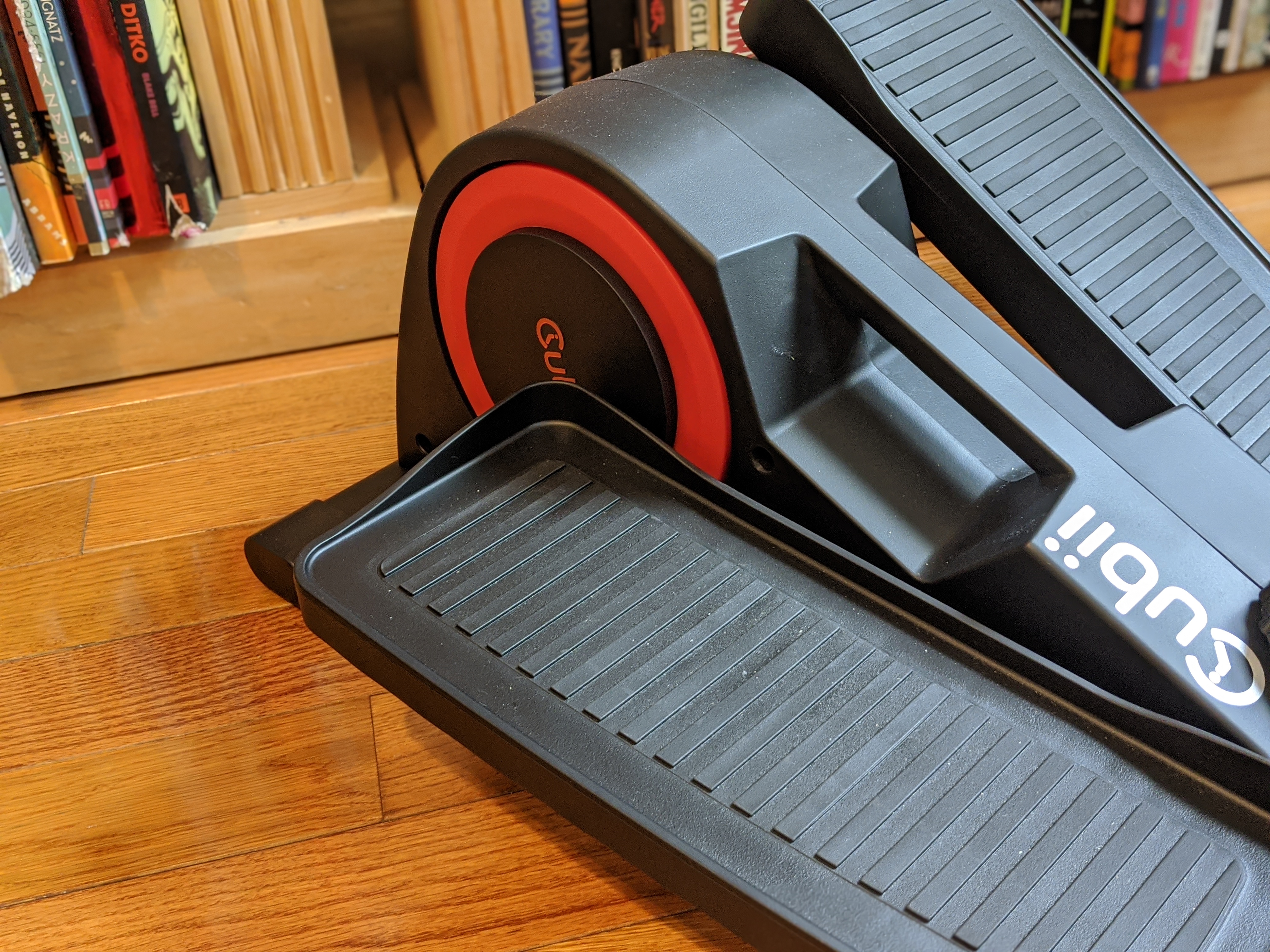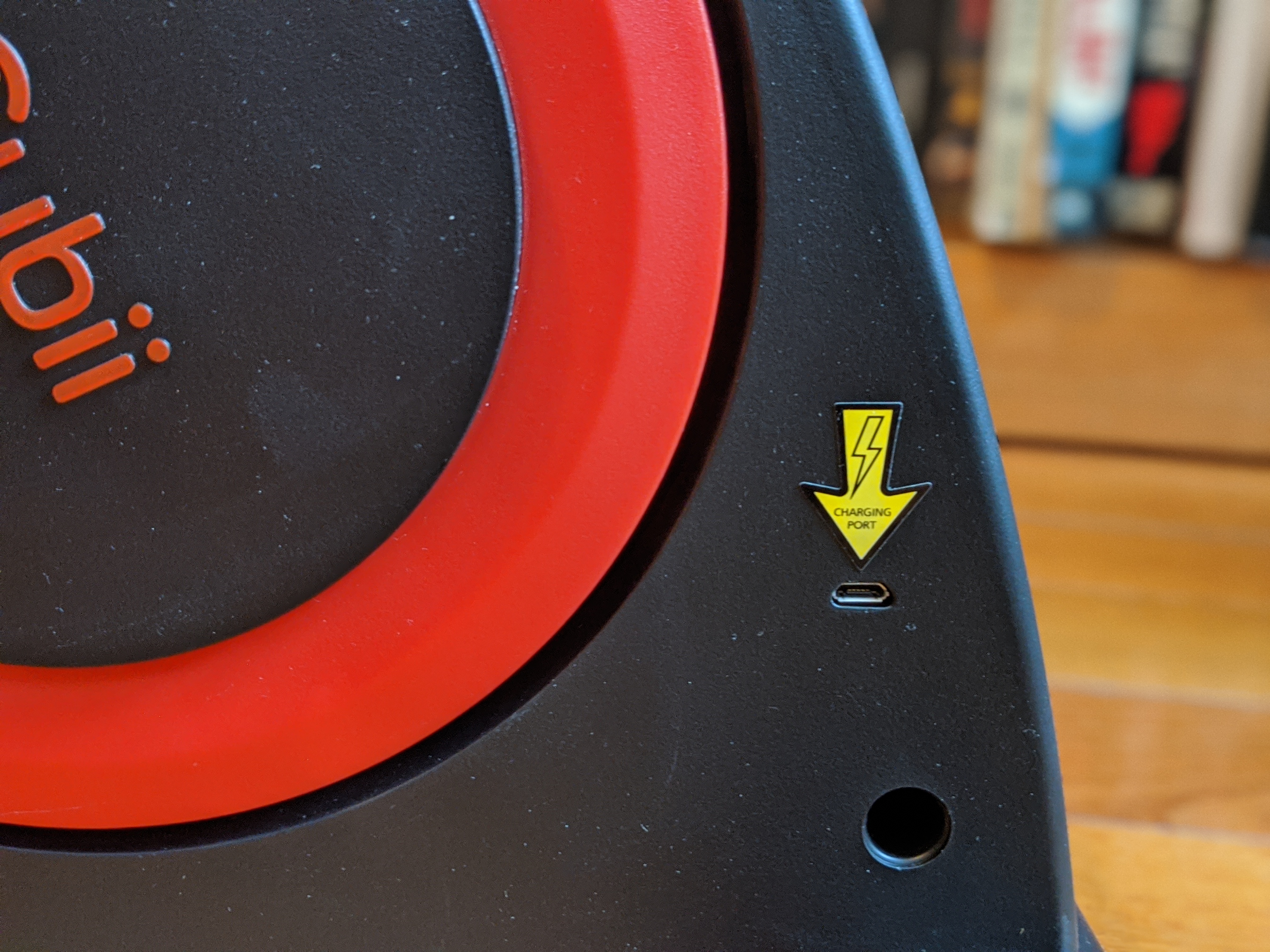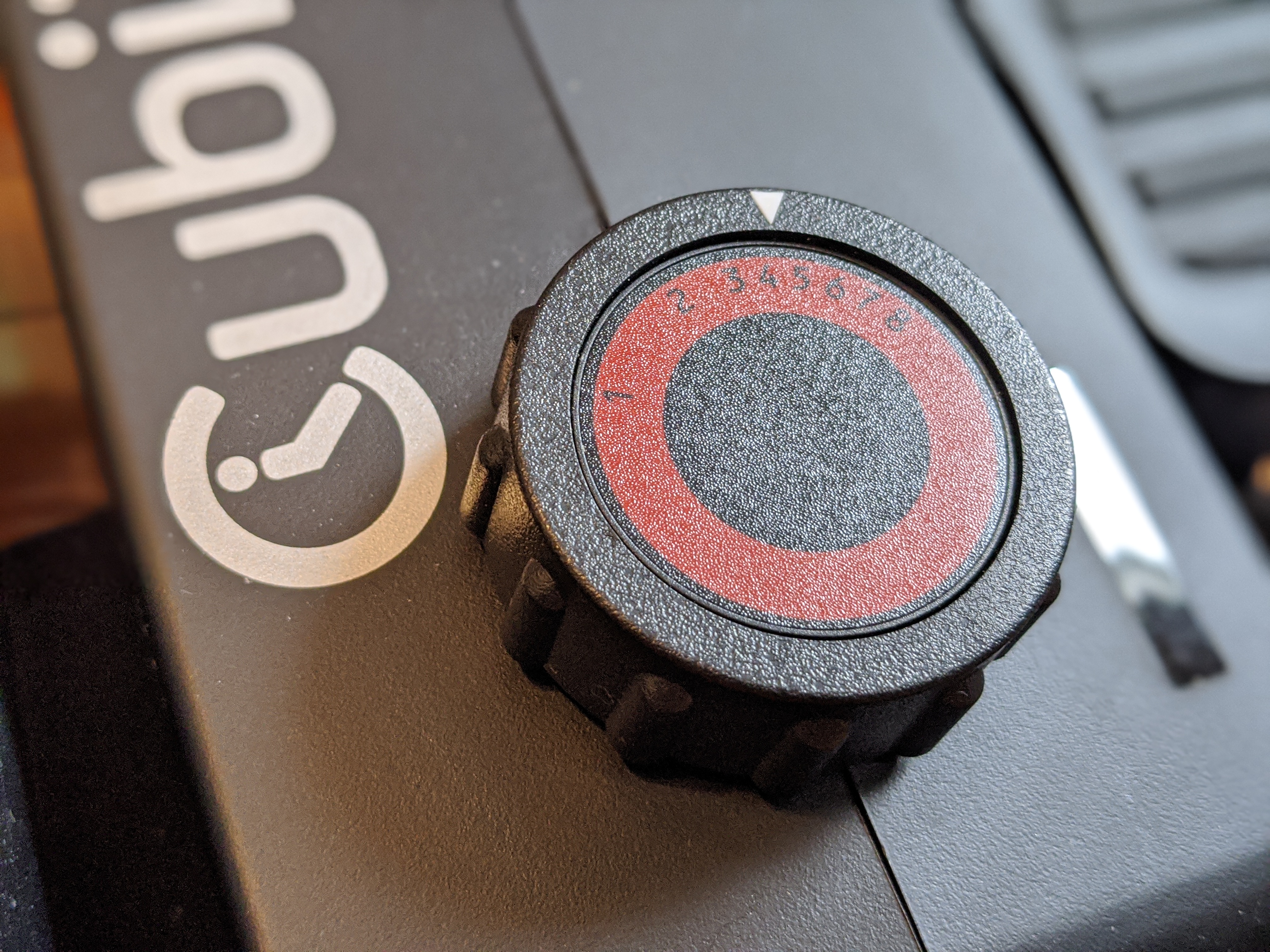FACT SHEET
Regulation A+
SEC Open Meeting
March 25, 2015
Highlights of the Final Rules
The final rules, often referred to as Regulation A+, would implement Title IV of the JOBS Act and provide for two tiers of offerings:
Tier 1, which would consist of securities offerings of up to $20 million in a 12-month period, with not more than $6 million in offers by selling security-holders that are affiliates of the issuer。
Tier 2, which would consist of securities offerings of up to $50 million in a 12-month period, with not more than $15 million in offers by selling security-holders that are affiliates of the issuer。
In addition to the limits on secondary sales by affiliates, the rules also limit sales by all selling security-holders to no more than 30 percent of a particular offering in the issuer’s initial Regulation A offering and subsequent Regulation A offerings for the first 12 months following the initial offering。
For offerings of up to $20 million, the issuer could elect whether to proceed under Tier 1 or Tier 2. Both tiers would be subject to basic requirements as to issuer eligibility, disclosure, and other matters, drawn from the current provisions of Regulation A. Both tiers would also permit companies to submit draft offering statements for non‑public review by Commission staff before filing, permit the continued use of solicitation materials after filing the offering statement, require the electronic filing of offering materials and otherwise align Regulation A with current practice for registered offerings。
Additional Tier 2 Requirements
In addition to these basic requirements, companies conducting Tier 2 offerings would be subject to other requirements, including:
A requirement to provide audited financial statements。
A requirement to file annual, semiannual and current event reports。
A limitation on the amount of securities non-accredited investors can purchase in a Tier 2 offering of no more than 10 percent of the greater of the investor’s annual income or net worth。
The staff would also conduct a study and submit a report to the Commission on the impact of both the Tier 1 and Tier 2 offerings on capital formation and investor protection no later than five years following the adoption of the amendments to Regulation A。
The Commission is exploring ways to further collaborate with state regulators, including a program for a representative of NASAA or a state securities regulator to work with the staff in the SEC’s Division of Corporation Finance in implementing these rules。
Eligibility
The exemption would be limited to companies organized in and with their principal place of business in the United States or Canada. The exemption would not be available to companies that:
Are already SEC reporting companies and certain investment companies。
Have no specific business plan or purpose or have indicated their business plan is to engage in a merger or acquisition with an unidentified company。
Are seeking to offer and sell asset-backed securities or fractional undivided interests in oil, gas or other mineral rights。
Have been subject to any order of the Commission under Exchange Act Section 12(j) entered within the past five years。
Have not filed ongoing reports required by the rules during the preceding two years。
Are disqualified under the “bad actor” disqualification rules。
The rules exempt securities in a Tier 2 offering from the mandatory registration requirements of Exchange Act Section 12(g) if the issuer meets all of the following conditions:
Engages services from a transfer agent registered with the Commission。
Remains subject to a Tier 2 reporting obligation。
Is current in its annual and semiannual reporting at fiscal year-end。
Has a public float of less than $75 million as of the last business day of its most recently completed semiannual period, or, in the absence of a public float, had annual revenues of less than $50 million as of its most recently completed fiscal year。
An issuer that exceeds the dollar and Section 12(g) registration thresholds would have a two-year transition period before it must register its class of securities, provided it timely files all of its ongoing reports required under Regulation A。
Preemption of Blue Sky Law
In light of the total package of investor protections included in amended Regulation A, the rules provide for the preemption of state securities law registration and qualification requirements for securities offered or sold to “qualified purchasers,” defined to be any person to whom securities are offered or sold under a Tier 2 offering。
Background
Under the Securities Act of 1933, when a company offers or sells securities to potential investors, it must either register the offer and sale or rely on an exemption from registration. Regulation A is a longstanding exemption from registration that permits unregistered public offerings of up to $5 million of securities in any 12-month period, including no more than $1.5 million of securities offered by security-holders of the company. In recent years, Regulation A offerings have been relatively rare in comparison to offerings conducted in reliance on other Securities Act exemptions or on a registered basis。
The JOBS Act amended the Securities Act to require the Commission to update and expand the Regulation A exemption. In particular, the JOBS Act directed the Commission to:
Adopt rules that would allow offerings of up to $50 million of securities within a 12-month period。
Require companies conducting such offerings to file annual audited financial statements with the SEC。
Adopt additional requirements and conditions that the Commission determines necessary。
Effective Date for Regulation A+
The rule amendments become effective 60 days after publication in the Federal Register.





